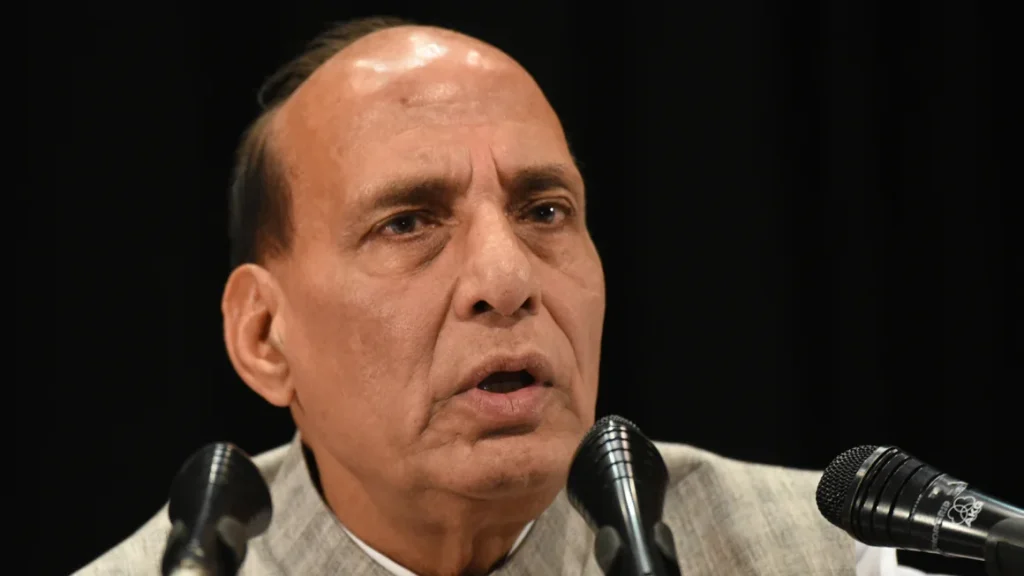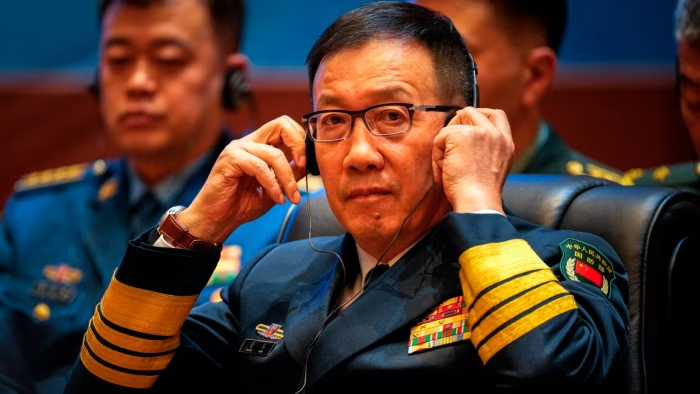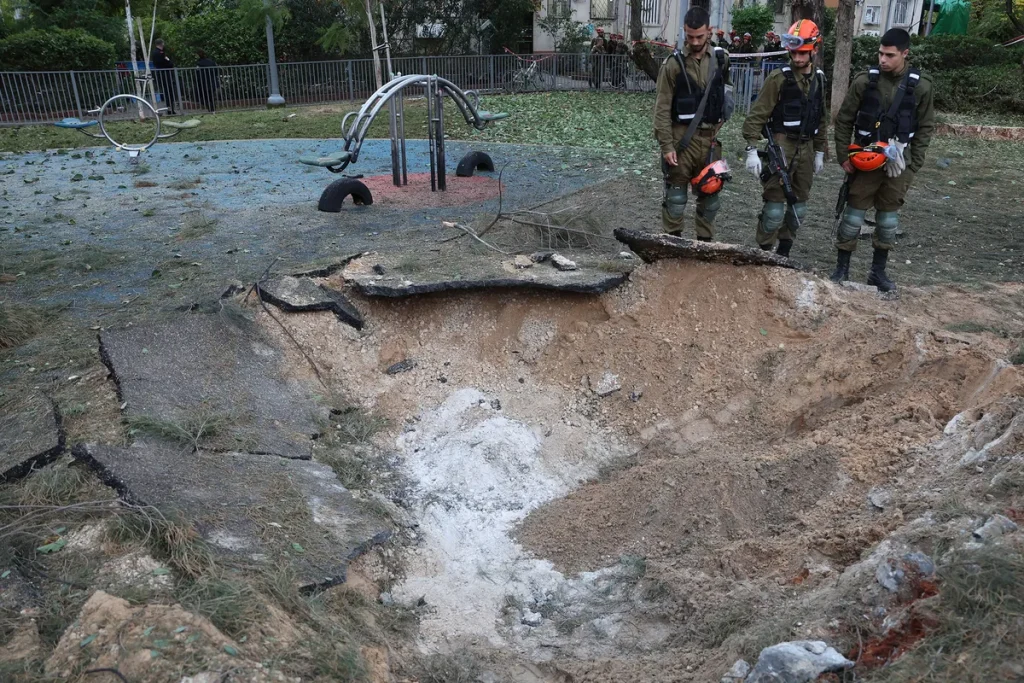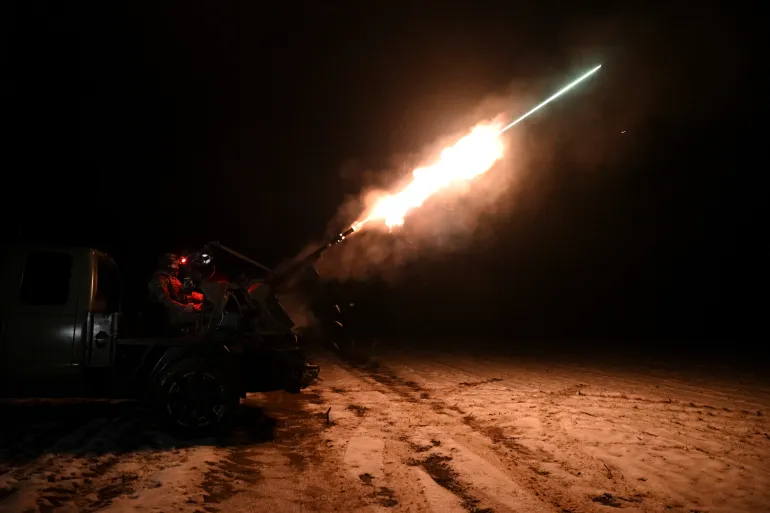North Korea says new hypersonic missile will ‘contain’ rivals
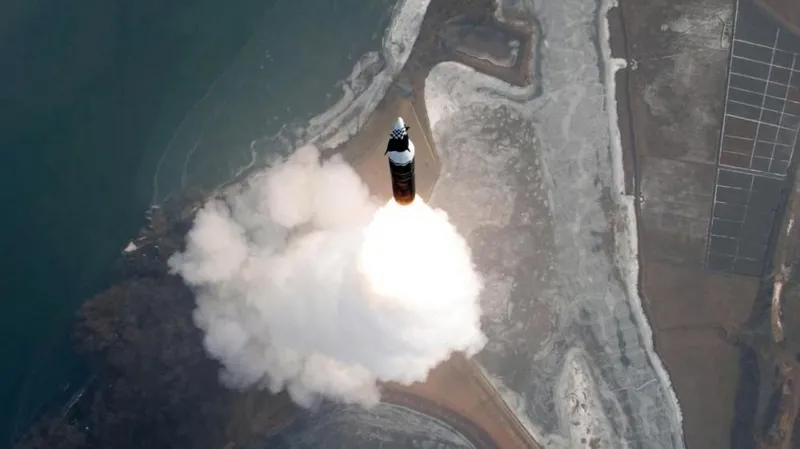
North Korea has recently announced the successful development of a new hypersonic missile, claiming that it will significantly enhance the country’s defense capabilities and “contain” its rivals. The missile, which is said to be capable of traveling at speeds greater than five times the speed of sound, is viewed by experts as a significant advancement in North Korea’s missile technology. This development has raised concerns among regional powers and the international community, as it is seen as part of North Korea’s ongoing efforts to strengthen its military and assert its presence on the global stage.
The Hypersonic Missile’s Capabilities
Hypersonic missiles, which are capable of traveling at speeds exceeding Mach 5 (approximately 3,836 miles per hour or 6,174 kilometers per hour), are considered a new frontier in missile technology. Unlike traditional ballistic missiles, which follow a predictable trajectory, hypersonic missiles can maneuver mid-flight, making them harder to track and intercept. This ability to change course during flight presents a serious challenge for missile defense systems, which rely on tracking the trajectory of the missile to intercept it before impact.
North Korea’s claim of developing such a missile is significant because it signals that the country is rapidly advancing its missile technology, despite facing international sanctions and diplomatic isolation. North Korea has previously tested various missile systems, but a successful hypersonic missile would mark a leap forward in its military capabilities. The country has touted the missile as a tool to “contain” its rivals, referring to the United States, South Korea, Japan, and other countries in the region. By increasing its missile capabilities, North Korea aims to bolster its deterrence and strengthen its negotiating position in future diplomatic talks.
Regional and Global Reactions
The announcement has prompted a swift response from both neighboring countries and global powers. South Korea, Japan, and the United States have expressed concern over North Korea’s continued missile tests, particularly as the country works to refine its hypersonic technology. South Korea’s Ministry of Defense condemned the test, highlighting the potential threats posed by North Korea’s evolving missile capabilities. The U.S. has also reiterated its commitment to the security of its allies in the region, with American officials emphasizing the importance of working with South Korea and Japan to counter the growing missile threat.
The successful development of a hypersonic missile by North Korea adds to the already volatile security situation in the region. North Korea’s missile tests have long been a source of tension between the country and its neighbors, and the international community has consistently called for an end to such tests. North Korea’s nuclear ambitions further complicate these dynamics, as the development of both nuclear weapons and advanced missile technology could potentially lead to an arms race in the region, with other nations seeking to bolster their military capabilities in response.
The United Nations Security Council has imposed a series of sanctions on North Korea in an attempt to curb its missile and nuclear programs. These sanctions, however, have had limited success in deterring North Korea’s military development. Despite the pressure from the international community, the regime in Pyongyang has continued to prioritize its military advancements, viewing them as essential to the country’s survival and sovereignty.
North Korea’s Military Strategy
North Korea’s missile development is not just about military strength—it is also deeply intertwined with the country’s political strategy. Kim Jong-un, the leader of North Korea, has repeatedly emphasized the importance of developing advanced military technologies as a way to secure the regime’s future and ensure its independence from foreign powers. In recent years, North Korea has ramped up its missile tests, viewing these as a way to demonstrate its power and send a clear message to the international community.
The development of a hypersonic missile is likely to be seen as part of North Korea’s broader strategy to assert itself as a regional power and to deter any potential threats from countries like the United States and South Korea. North Korea has also hinted that its missile programs serve as a means of achieving economic and diplomatic leverage. The country has used its missile and nuclear capabilities as bargaining chips in past negotiations with the United States and other countries, with the hope of gaining economic concessions and sanctions relief.
The Future of North Korea’s Missile Program
The successful development of a hypersonic missile is expected to further shape the trajectory of North Korea’s missile program. Experts predict that the country will continue to refine its technology, potentially expanding its arsenal of hypersonic weapons. This development may also prompt other countries in the region to increase their own missile defense systems, contributing to an arms race in East Asia.
North Korea’s missile advancements are likely to remain a key issue in any future diplomatic talks. While denuclearization remains a central goal for the international community, it remains to be seen whether North Korea will be willing to make meaningful concessions on its missile and nuclear programs. Given the country’s long-standing position on its right to self-defense and its determination to maintain its military capabilities, it seems unlikely that North Korea will fully abandon its missile and nuclear ambitions.
North Korea’s announcement of a new hypersonic missile underscores the growing concerns about the country’s military capabilities and its impact on regional stability. While the missile is intended to enhance North Korea’s defense posture, it also serves as a powerful reminder of the country’s ongoing pursuit of advanced weapons technology. As tensions continue to rise in the region, the international community will need to carefully monitor North Korea’s missile developments and explore avenues for diplomacy to address the risks posed by these new capabilities. Whether North Korea’s missile advancements will lead to greater instability or prompt diplomatic engagement remains to be seen, but the implications are likely to shape the security dynamics of East Asia for years to come.


